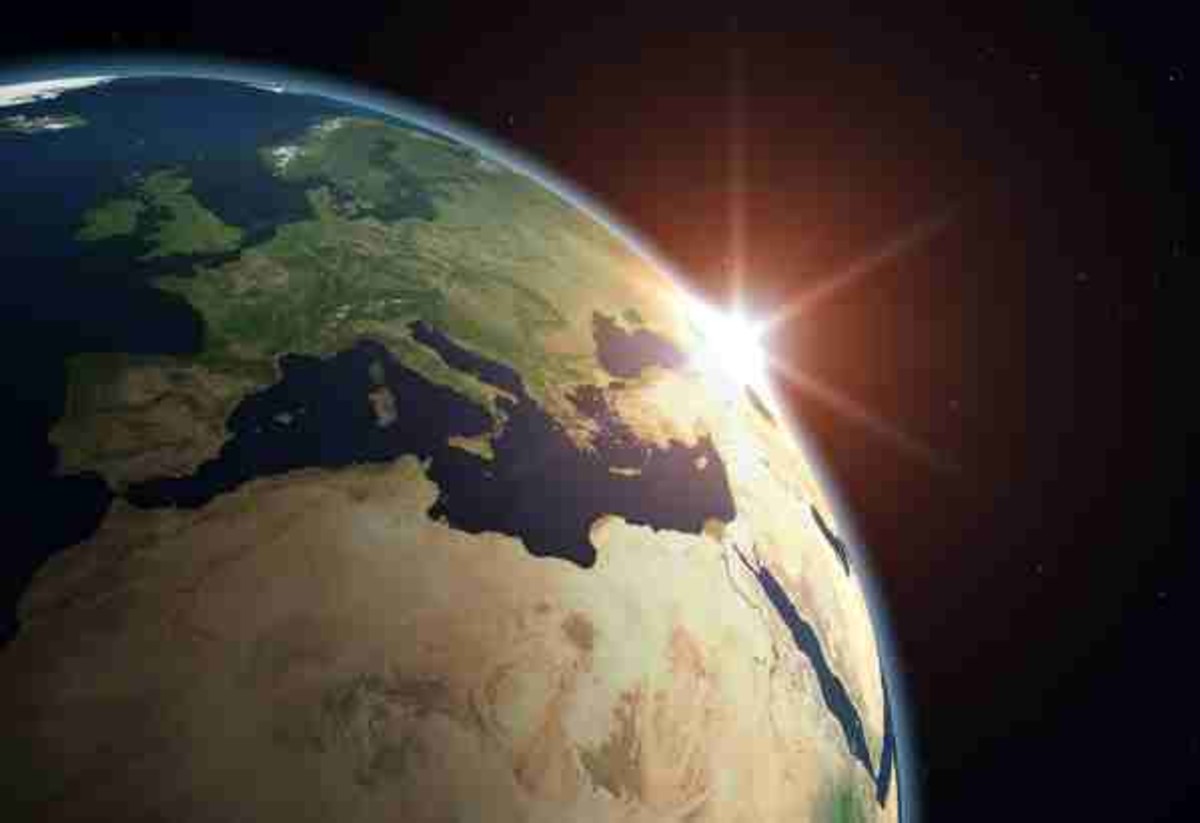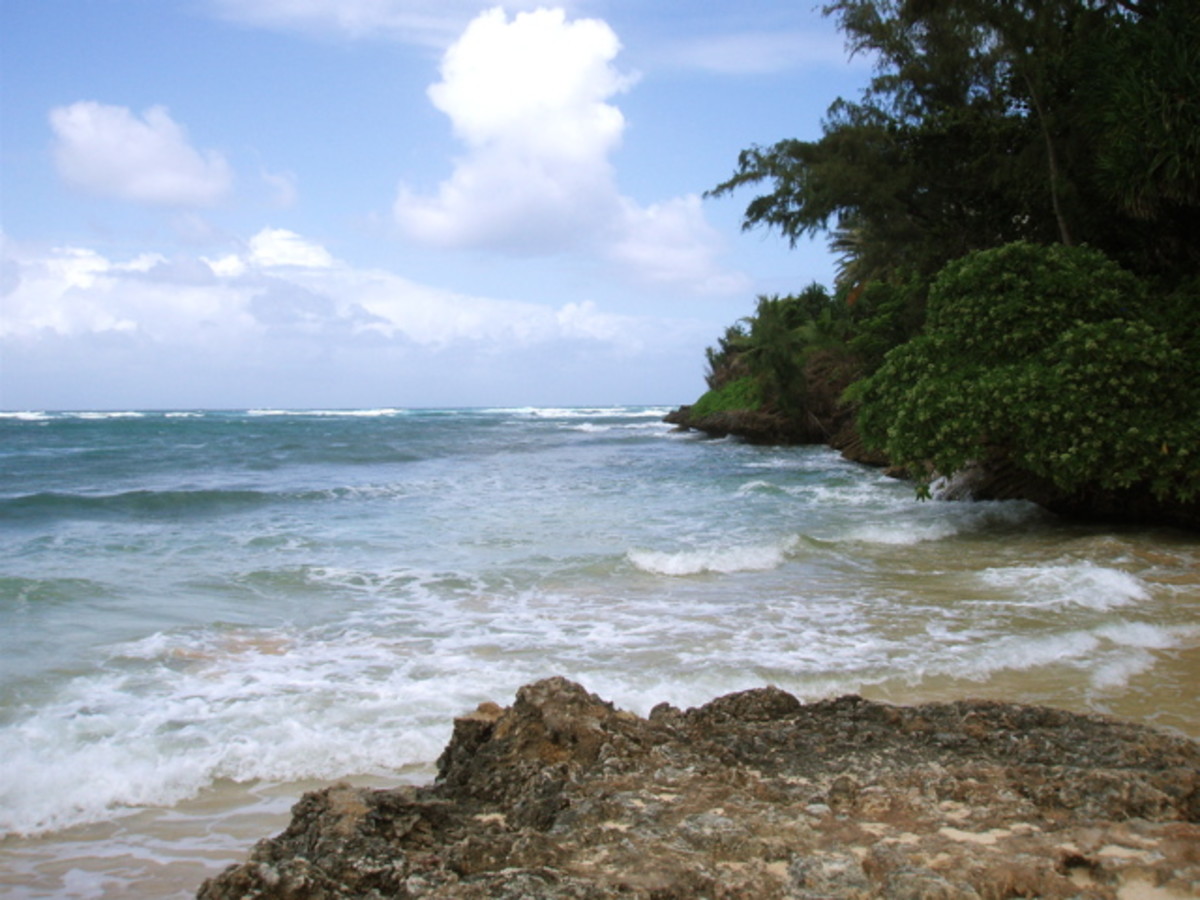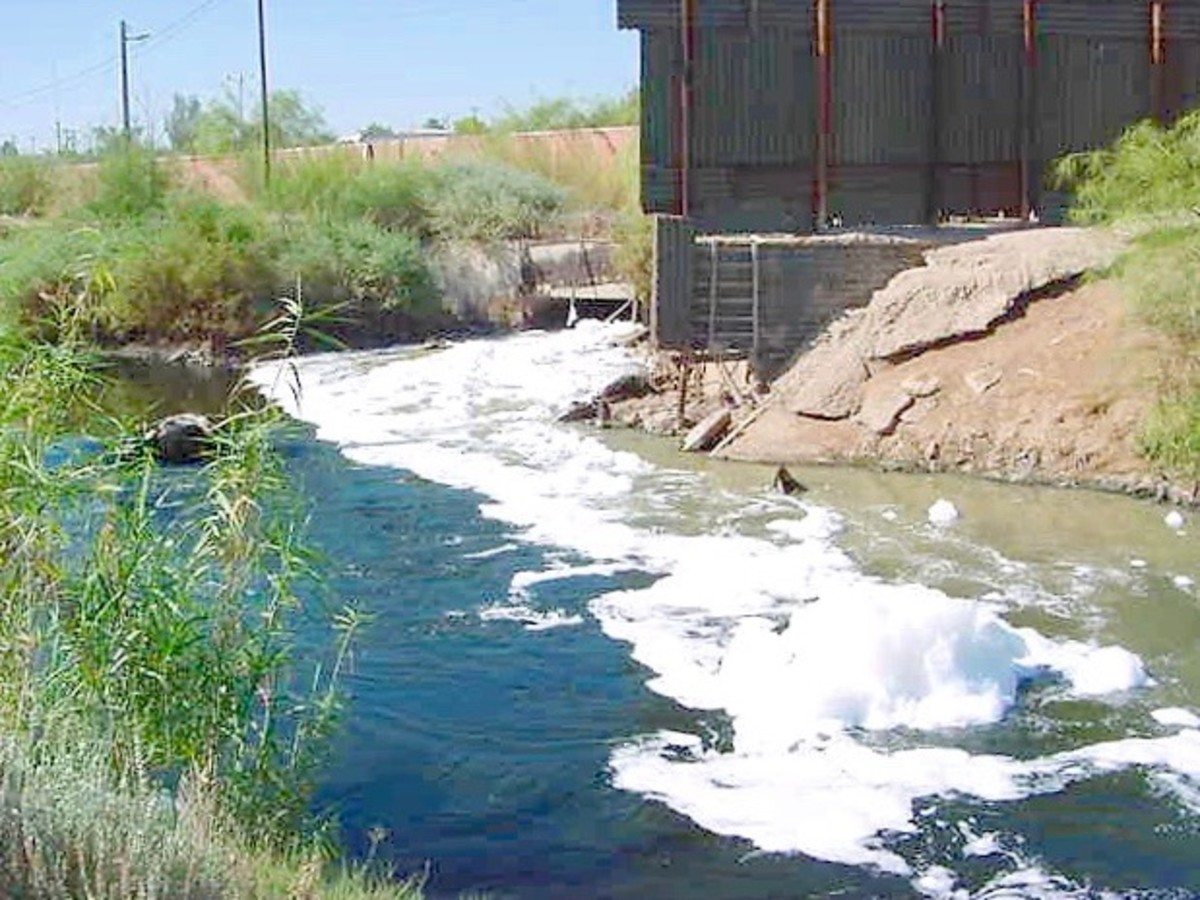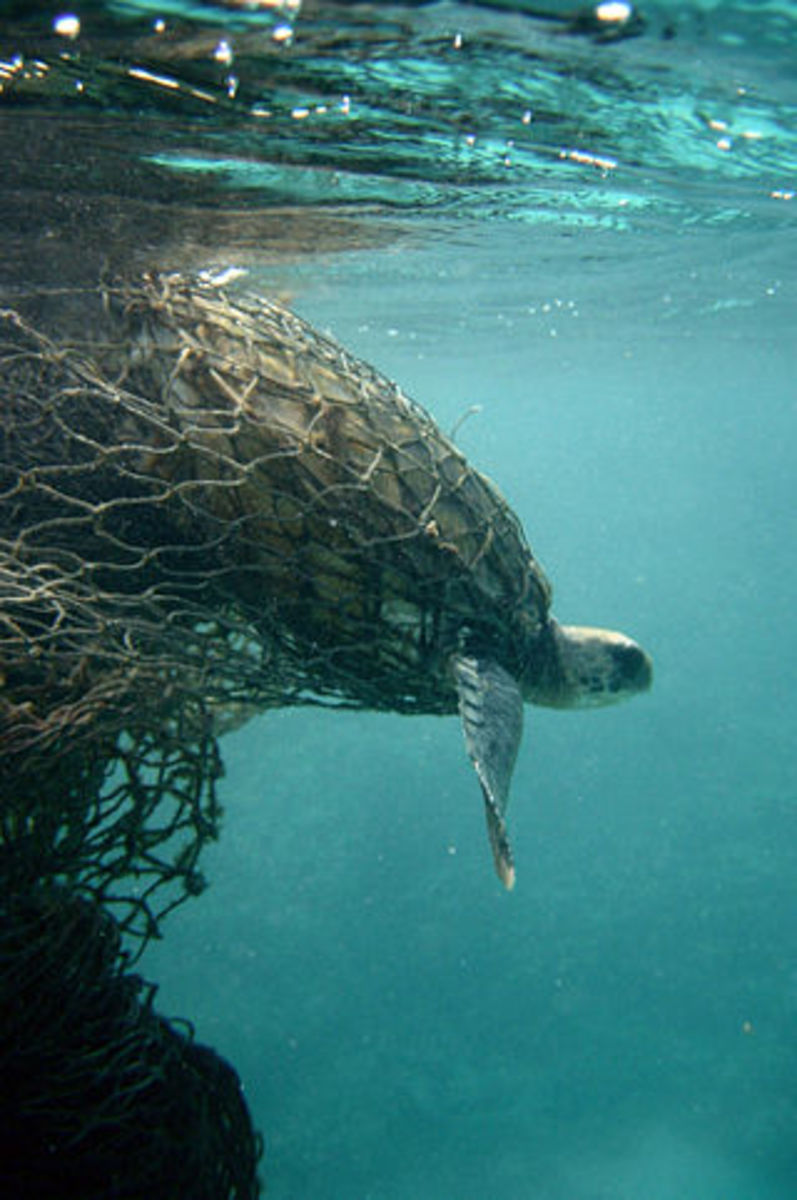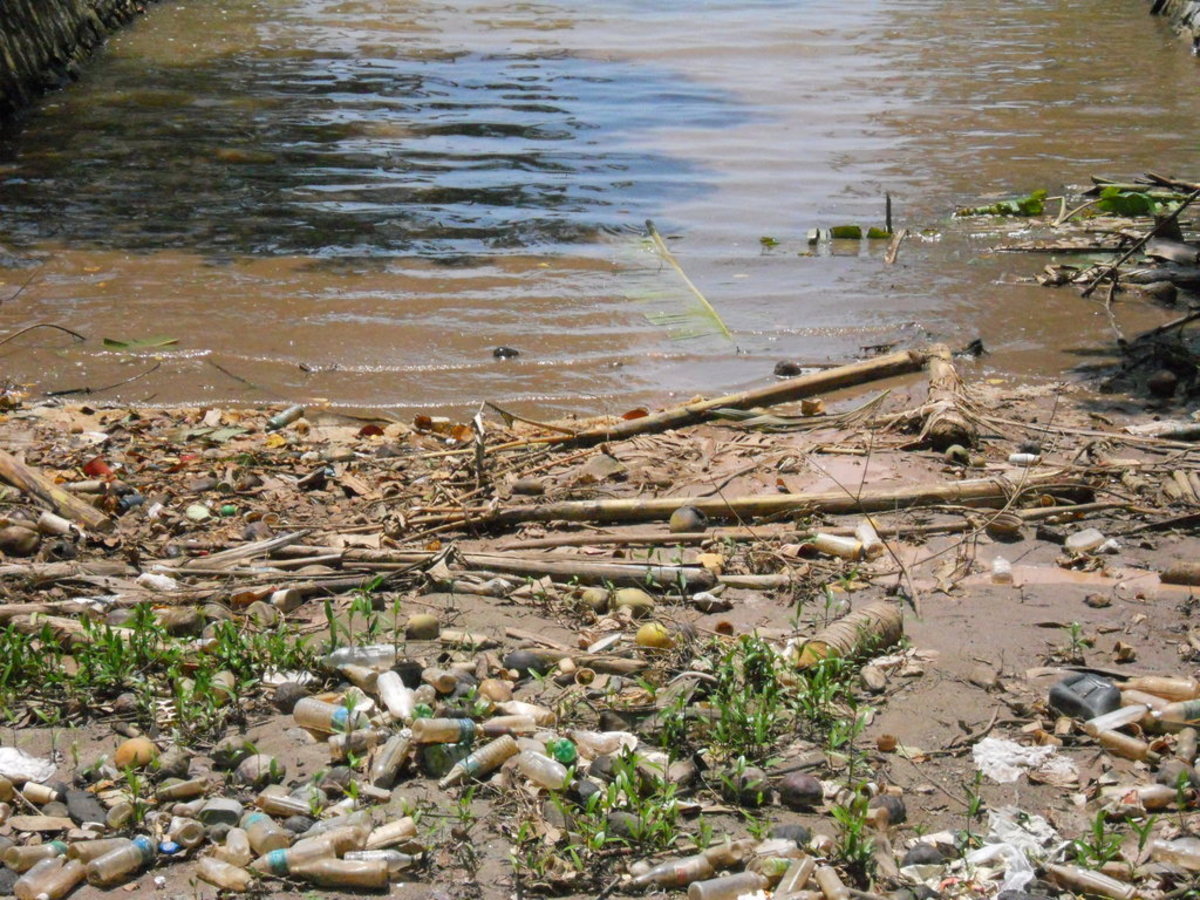Environment
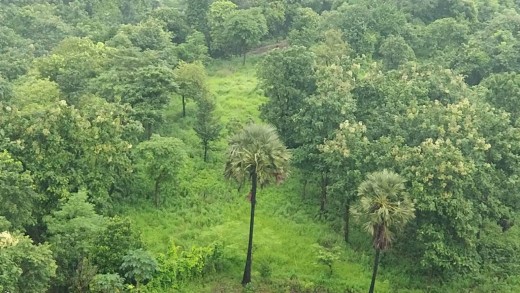
The factors responsible for the destruction of the environment
1. Deforestation
2. Population Explosion
3. Air Pollution
4. Water Pollution
5. Depletion of Natural resources
6. Damage to Ecosystems
7. Plastic threat
8. Waste Generation
Deforestation leads to climate changes, soil erosions, flooding, and damage to crops. Emission of greenhouse gases like methane, carbon dioxide, Nitrous oxide, ozone causes global warming. Destruction of crops can cause scarcity of food to the people. It affects the water cycle. Trees help maintain the groundwater level. Due to massive deforestation, the temperature on earth will increase which will result in the melting of glaciers. This will cause an increase in sea levels leading to submersion of coastal areas. The burden on the already scarce land will increase. Ecosystems get destroyed and a large number of species of plants and animals become extinct. When the ecological balance is affected life cannot be sustained on the planet. The water cycle is disrupted due to deforestation leading to scarcity of water which can affect plant, animal and human life. Conservation of forests is essential for human survival.
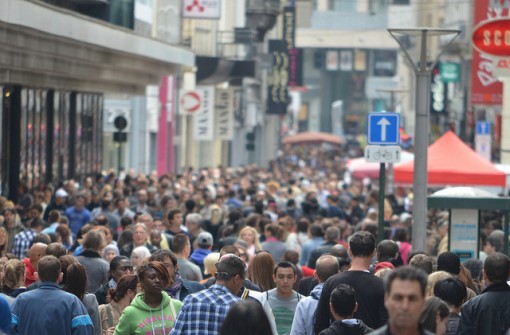
OVERPOPULATION
Overpopulation and urbanization has led to large scale destruction of vegetation. Concrete jungles in cities have affected climatic changes causing droughts and floods resulting in scarcity of potable water and food. Climatic change has led to global warming bringing all the ills associated with it like health problems to humans and animals, extinction of rare species of life. Natural resources are fast depleting due to overconsumption and overutilization causing a burden on the ecosystems. A large population creates unemployment scarcity of food, an increase in waste production and an inefficient labor force resulting in poor economic development and low standard of living for the people. Air, Water and soil pollution also increase with the increase in population adversely affecting the environment.
Pollution can be of different types like air, water, soil, sound, thermal and radioactive pollution. Pollution can affect not only human health but also that of animals, birds and aquatic life. It can destroy vegetation and disrupt the ecological balance of nature. Pollution is the main cause of environmental degradation. It happens when earth’s natural resources are depleted due to an ever-expanding human populace striving towards economic development at the cost of harming nature.
Air pollution
Pollution can be of different types like air, water, soil, sound, thermal and radioactive pollution. Pollution can affect not only human health but also that of animals, birds and aquatic life. It can destroy vegetation and disrupt the ecological balance of nature. Pollution is the main cause of environmental degradation. It happens when earth’s natural resources are depleted due to an ever-expanding human populace striving towards economic development at the cost of harming nature.
Air pollution has become the biggest threat to the environment today causing global warming, climate changes, depletion of the ozone layer in the atmosphere, health hazards to humans as well as animals and plants. Air pollution is caused due to emission of hazardous gases from industries, vehicular transport, burning of fossil fuels and forest fires. Air pollution can cause adverse effects on human health and also other animals and plants.
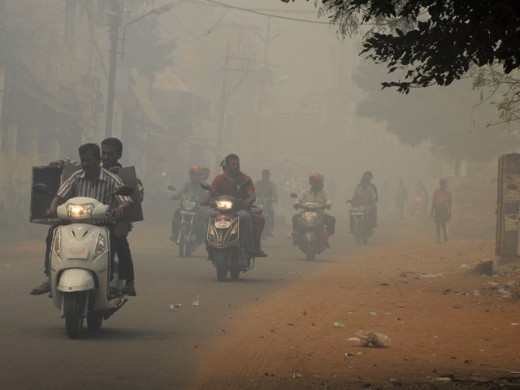
Types of Air Pollution
Air pollution can be primary or secondary. Primary pollutants are the direct emissions from industries, vehicles, fires whereas secondary air pollution occurs when primary pollutants react or interact in the air, example smog. It is caused when vehicular and industrial emissions react with sunlight and heat in the atmosphere. Air pollution has a serious impact on human health causing respiratory, cardiovascular complications, skin diseases, long term chronic diseases, and cancer. It can not only lead to a lower quality of life but reduce the life expectancy of humans and animals and other living beings on the planet. Greenhouse gases like carbon dioxide and methane cause climatic changes leading to global warming. This, in turn, causes climatic changes leading to soil erosions, landslides, droughts, desertification, and scarcity of food and water and biodiversity loss. The ultraviolet radiation due to depletion of the ozone layer can cause skin damage and skin cancer. Millions of people die every year due to air pollution which is very disconcerting
Water Pollution
Water pollution is caused by the release of harmful effluents and solid wastes from industries and untreated wastewater discharged into water sources like lakes, streams, rivers, and seas. It can also be caused by people littering near the water sources like beaches and banks of rivers and streams. Groundwater gets polluted by pesticides, fertilizers and also when harmful substances from landfills and septic systems seep into the earth. Polluted water can cause a hoard of health problems from cancer to hormonal disruption in humans. Thousands of people get sick every year due to contaminated water. Polluted water can kill aquatic plants and animals. Solid debris like plastic bags and soda cans can suffocate and starve aquatic animals causing a threat to the marine ecosystems. Water pollution can also disrupt the food chain. When human beings consume the meat of animals that are affected by the contaminated water they fall sick.
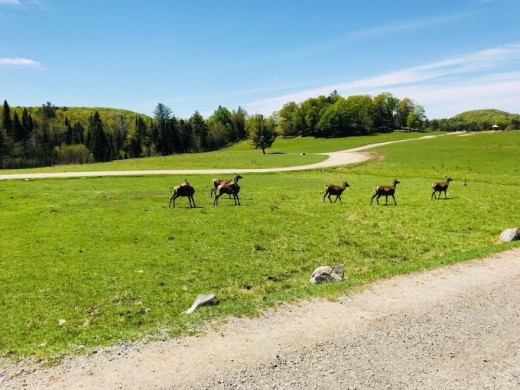
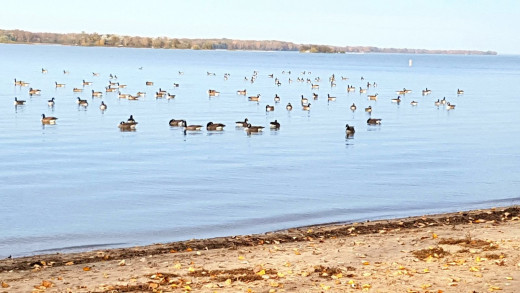
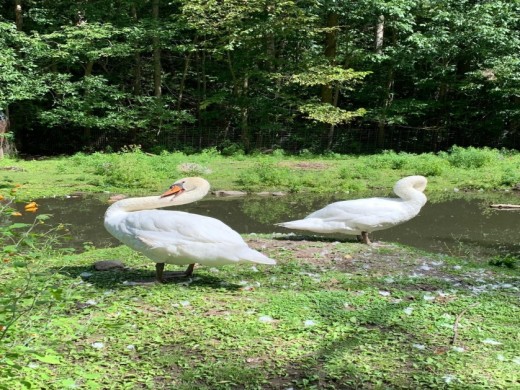
Depletion of Natural resources and damage to Ecosystems
Humans have exploited natural resources like forests, rivers and lakes, oil, coal, natural gas, metals, sand, and stone. Natural resources such as minerals, fossil fuels, oil, and natural gas are exhaustible. Overpopulation has led to overconsumption resulting in overutilization of natural resources to the extent that there is a global ecological crisis today. These natural resources are essential for human survival and for sustaining a good quality of life on this planet. Indiscriminate exploitation of natural resources can lead to disaster for the people. Standards of living will decline unless immediate action is taken. As the natural resources which are non-renewable get exhausted the ecosystem gets affected. As forests recede, animals will lose their habitat and will not survive.
Pollution of air, water, and soil leading to climatic change and over-exploitation of the natural resources by the ever increasing population have taken its toll on the ecosystems and led to substantial depletion of their biodiversity. Deforestation has led to the disruption of animal life. Global warming has affected the health of animals and birds. Many species of plants and animals are already on the verge of extinction and if not checked may lead to a series imbalance in the ecology of the planet. Biodiversity is important to human wellbeing and survival. The economy relies on natural reserves as it provides economic resources such as timber, minerals, fish, animals and agricultural products. The medicinal value of biodiversity is immense as many pharmaceutical drugs are derived from plants. It also provides aesthetic beauty and cultural heritage. The ecosystem services are complex natural processes interrelated in ways still unknown to us and a loss of any species can adversely affect the ecological balance which could, in turn, affect human life on earth.
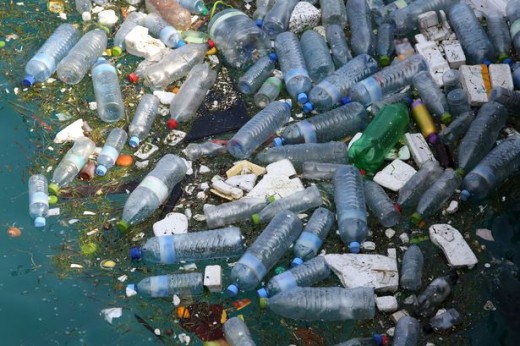
Plastic Threat
Plastics have become an indispensable part of our life today. They are used in almost everything from medical equipment to food packaging and building material. Removing them completely from our life is almost impossible. Plastic takes hundreds of years to degrade and get piled up in landfills, ultimately making its way into rivers, oceans and streams. So one can imagine the harm these plastics cause to the aquatic life, animals, birds, and mammals when they either imbibe along with food and water or when they get trapped in the plastic debris.
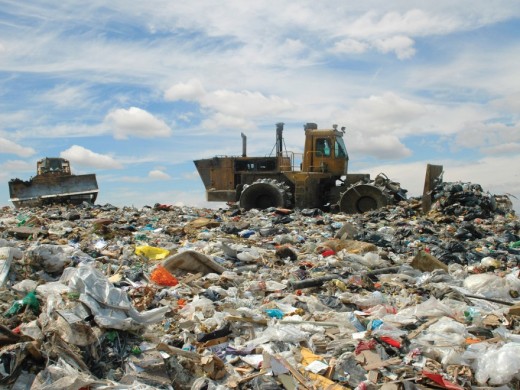
Waste Generation
Human activities and industrial processes produce tons of waste every day. The increase in solid waste is due to overpopulation, technological advancement and growth of industries. This waste is a potential hazard to human health and the environment. Waste is mainly generated from households, commercial establishments like restaurants, shops, hospitals, industries, and agriculture Waste can be biodegradable or non-degradable. Wastes can be classified as hazardous and Non-hazardous. Non-hazardous Wastes are again classified into solid, liquid and gaseous. Industrial and hospital wastes are considered as hazardous as they contain toxic and infectious substances which are highly dangerous to humans, animals, and plants. The bio-degradable waste, when dumped in landfills, decomposes and generates harmful gases like methane which enters the atmosphere and is a major cause for global warming. The non-degradable waste like non-recyclable plastics, glass and polythene which are harmful to the environment. They are not decomposable or degradable and ultimately find their way into natural resources and imbibed by the animals leading to their death. Due to the ever-increasing quantities of waste generated, managing waste has become a huge problem and a great pressure on the environment.
Steps to curb pollution and save the environment.
1. Afforestation: Planting of trees on a large scale has to be encouraged to counter affect the mass destruction of forests and vegetation over the years. Plants and Trees are an absolute necessity for human survival today. Trees give oxygen which is essential for our survival. It can not only help to maintain biodiversity and ecological balance; it is also important to prevent global warming, soil erosion, and air pollution, prevents floods and helps in maintaining good climate. Indiscriminate felling of trees should banned by the authorities. Community tree planting events should be encouraged. Going for a plant-based diet or reducing the consumption of meat and dairy products can help save forests. Spiritual groups should come together to plant saplings, plants and trees and make the people aware of their duty to save the environment.

Green spaces in Urban Areas
Open green spaces can be therapeutic. Everyday access to nature promotes well-being. Natural spaces have a healing effect on mind body and spirit. Studies have proved that people who lived near parks had better health than those who lived in concrete jungles. So more parks with joggers’ lanes, walking lanes, children play area should be built by the civic authorities. Lush greenery always attracts people and a walk in the park should be part of the daily routine for the people for good health. Parks can be rejuvenating for the aged too. Just sitting amidst the plants', flowers and trees can lift their spirits and help them to forget their problems and to heal better. In urban areas, rooftops and balconies can be turned to garden spaces to bring in more greenery.
Restrict Population
More and more people have realized the adverse impact of overpopulation and the burden caused by it on the planet. Hence limiting the growth of the population should be advocated. Overpopulation leads to overconsumption which again causes exploitation of the non-renewable natural resources of the planet which has to be curtailed. Strict laws to restrict population and protect natural resources should be implemented. Incentives to people who have small families, encouraging the adoption of children can help reduce the burden of overpopulation. Adopting pets than have children is a strategy that more and more modern couples are opting these days which is good for the planet.
Reduce Air pollution
Solutions to air pollution are reducing the burning of fossil fuels as they release harmful gases in the atmosphere. Instead, alternate sources of energy like solar, wind and geothermal should be harnessed. As vehicular pollution is the main cause of air pollution, curbing vehicles is imperative. Using public modes of transport, covering small distances by walk or by bicycle, car-pooling is a very good method to avoid traffic congestions and pollutions.
Solar Energy is a very important source of renewable energy and can be used to generate electricity, for heating and cooling and also for cooking. Solar energy can reduce the use of non-renewable fossil fuels which when burnt emit toxic gases that are harmful both to the environment and public health. These emissions are the main cause of global warming. More and more homeowners are opting for eco-friendly solar panels in their homes for their domestic energy needs.
Likewise, wind energy can be used to generate electricity. It is inexhaustible; it does not emit toxic substances or contaminants in the atmosphere and does not generate waste. It can contribute to reducing the burden on energy imports, create employment for the local people and thereby help in the generation of wealth.
Water Conservation
Fresh clean water is a limited resource; hence water conservation is very important today. Water should be used efficiently and wastage should be avoided at any cost. Polluting or littering the water sources like rivers, streams, ponds, and lakes should be strictly prohibited. Many Organisations have come forward with programs to clean the rivers and streams to protect water which is very appreciable. People should be advised to prevent wastage of water by fixing the leaks in their homes, turning off the taps when not needed, watering the lawns only when needed, taking shorter showers and by installing water-efficient plumbing fixtures in homes. Organic farming should be encouraged so that harmful chemicals and fertilizers will not pollute the water sources. Rainwater harvesting, a technique where rainwater is collected and stored in natural reservoirs or artificial tanks for future use is a very good method of water conservation. Governments and civic authorities should make strict rules to help minimize water pollution and wastage of water. More so the industries and hospitals should be closely monitored by the pollution control boards so that the waste and sewage water, effluents are properly treated before they are released in the environment.
Reduce Plastics and Waste Management
1. People can help by saying no to plastics. Don’t buy plastic items, don’t use plastic bags but carry your own cloth bags when you go shopping. Use glass and steel containers instead of plastic in the kitchen. Make people aware of the hazards of plastic. Start campaigns in schools and other organizations. Communities should participate in clean-up efforts, removing plastic debris from oceans, rivers, and streams. Engaging family and friends will make a great difference. Social media can be used to seek more participation Make your own style statement by going for non-synthetic fabrics like organic cotton, wool, flax.
2. Waste: Segregation of waste into biodegradable, non-biodegradable and hazardous at the domestic level should be made compulsory so that it can be managed efficiently. Non-biodegradable can again be classified into recyclable and non-recyclable. Recycling and composting are the best methods of waste management. Special methods and systems should be employed to handle hazardous waste mostly found in health care facilities and institutions.
1. Biogas can be produced from organic waste. Biodegradable material breaks down in the absence of oxygen to give biogas which can then be piped into homes for cooking and lighting gas lamps. The remaining fermented slurry can be used as fertilizer. This can reduce a huge load on fossil fuels. Especially in agricultural areas, the agricultural and animal wastes can be used to generate biogas. Local NGO’s with the support of the government can help the rural people in setting up biogas plants and make them self- sufficient and sustainable.
Protect the Ecology and My Green initiative
Many global initiatives and foundations are striving to help make changes to save the environment which is a wonderful thing. Various ecological centers have been built to create environmental awareness and the importance of maintaining the ecological balance on the planet. Technological development should not be at the cost of damage to the planet. The economy should grow without harming nature because the loss of biodiversity is a threat to human life and development. That is why governments, businesses and associations should work together to protect nature and save the planet. Authorities should take steps to save biodiversity by protecting the natural habitat of animals and plants and natural resources. Steps should be taken to protect the rare species of plants and animals and address the problems of air, water, soil, and plastic pollution as pollution is the main cause of damage to biodiversity.
MY GREEN INITIATIVE: I have determined to do the following towards my green initiative
- To carry cloth/reusable bags when I shop
- To segregate the bio-degradable and non-biodegradable waste
- Limit the number of clothes that I buy
- Switch lights and fans off when not required
- Turn off the taps when not in use and get the leaky taps repaired
- Turned a vegetarian and cut down on dairy products
- Started using copper bottles for carrying and storing water
- Shop for recyclables and buy from resale stores
-
Not buying bottled water and plastic containers to store water
- Take public transportation and walk or ride a bicycle to cover short distances
- Replace incandescent bulbs with CFL bulbs
- Participate in projects to plant saplings or trees whenever possible
- Prefer energy-efficient appliances while replacing old ones
- Converted the balcony into a green space
- Discuss with family and friends the need to follow my green initiative
- Make the children aware of the importance of protecting the environment by not littering, planting saplings, not wasting water, avoiding plastics
This content is accurate and true to the best of the author’s knowledge and is not meant to substitute for formal and individualized advice from a qualified professional.
© 2019 VIDYA D SAGAR


